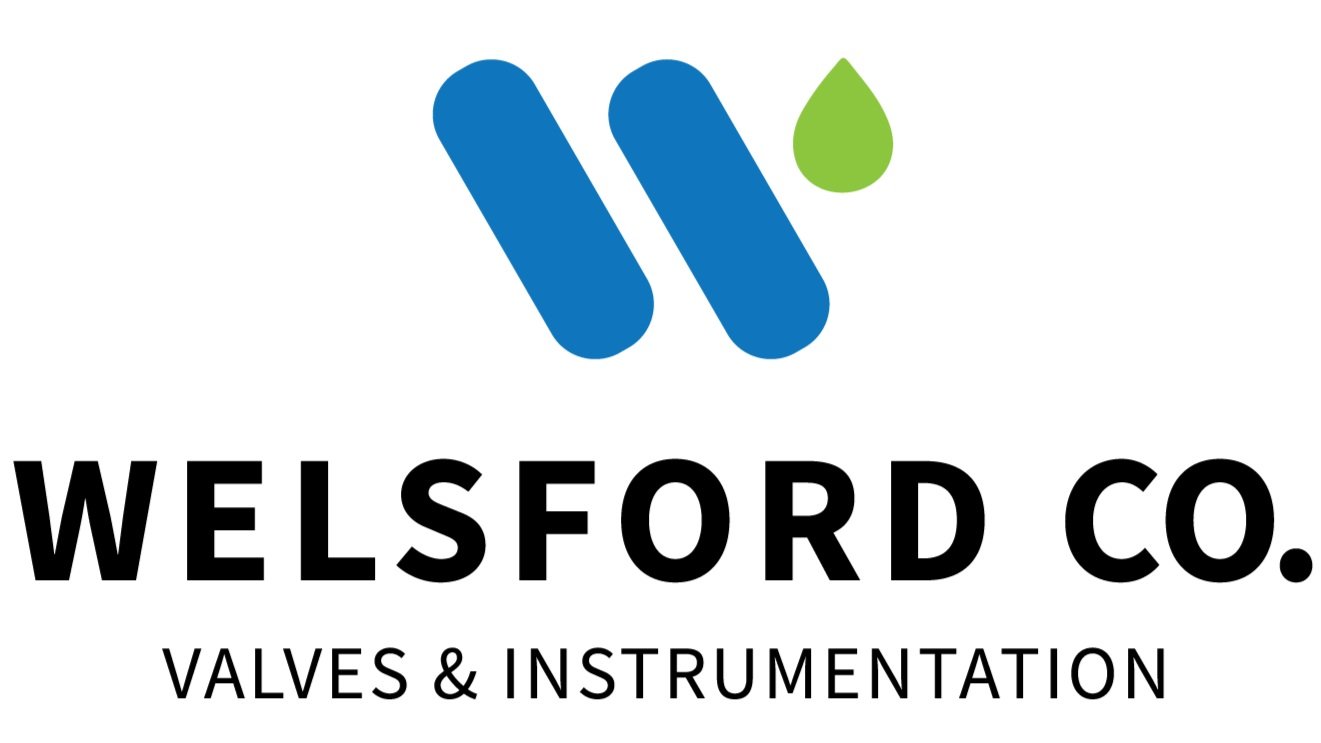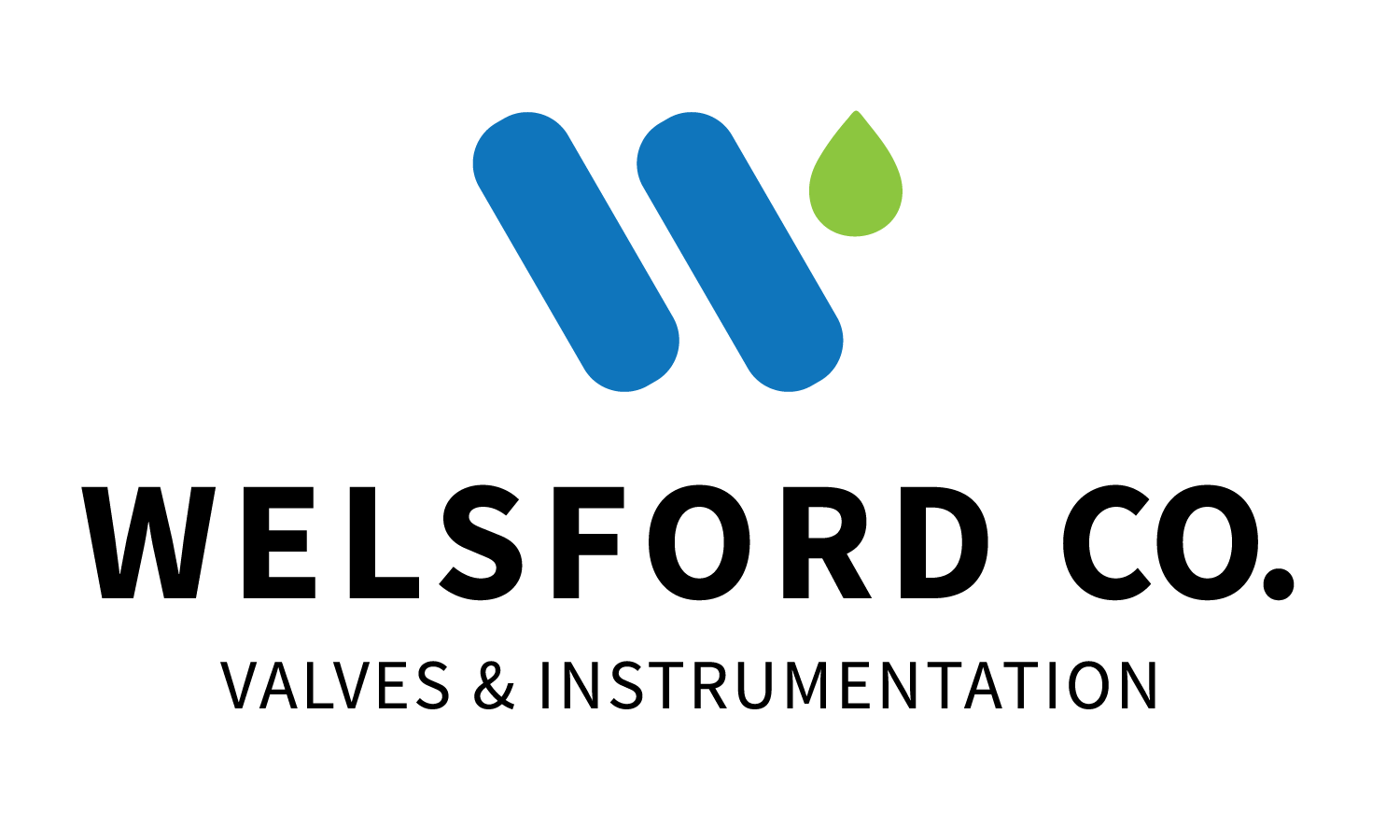Valve Maintenance and Life Expectancy Tips
Despite drawing less routine focus in comparison to other system components, valves are an essential part of a flow system. Valve reliability helps ensure confidence in the system operation and the protection of other components. For the smooth running of a system, therefore, proper valve maintenance is important: It can reduce downtime, extend life expectancy and reduce long-term operational costs. In some applications, poor valve maintenance can lead to a potentially unsafe environment where high pressure builds up, or hazardous and dangerous fluids are released.
Valve maintenance is even more relevant in high temperature and high pressure processes such as industrial process heating, combustion, steam production, steam power plants and chemical processes. The life expectancy of valves within these processes is relatively shorter than under standard conditions due to the harsh operating conditions. Any valves used in such an environment will, therefore, require frequent maintenance activities to keep the system in check.
But, how to extend valve life expectancy? Some valves can remain fully functional for more than a decade if simple procedures are followed throughout the valve’s life. Four primary considerations to extend the life of a valve include:
Selecting the right valve type.
Operating within the thermal limits.
Following the valve maintenance checklist.
Adhering to proper techniques and installation.
This article will take a closer look at each.
Selecting the Proper Valve Type
Sometimes, there is more than one type of valve that can perform a function in a process, but often, it is just one type that is best suited. For instance, selecting the correct check valve for your application may not be as simple as you might think. In industrial process heating, valves also are required to control thermal load, temperature and pressure in steam applications. Making the proper choice of valve requires knowledge such as the application function, operating conditions (temperature and pressure), and safety requirements. The type of fluid is equally important.
Once the valve is selected, it is essential to size it appropriately to pipe dimensions and fluid conditions. A small valve in a large flow process will experience a high flow velocity that can wear out the internal valve parts. This leads to leakages and loss of control. The fluid type also influences the valve type and material. A compatibility chart is helpful to map out what valve material has chemical resistance to the process fluid.
If the valve is operated remotely, the actuator also must be sized appropriately with the correct torque. Often, it is tempting to oversize the actuator to avoid overheating an undersized actuator, but oversized actuators can lead to twisting the stem. Take care to check valve torque specifications in the documentation.
Operate Within the Thermal Limits
Arguably, the most important consideration for valve life expectancy is the amount of time the valve is operated within and outside of the thermal limits.
The thermal limits are defined by the maximum operating condition for temperature and pressure. Each valve is designed to operate within a specific condition determined and specified by the manufacturer. The limits are based on the type of material selected for the valve body, seal/seat, stem, gland packing, closing mechanism, etc. Special valves — designed for higher thermal limits than usual — are available.
Operating most valves beyond the specified limits for a short time does not immediately affect the valve’s performance. It may be tempting to think the valve is suitable for such conditions. The continuous operation of the valve beyond this limit, however, will slowly damage it, significantly reducing the life expectancy.
A typical example is operating a valve above a specified 176°F (80°C) design limit. While a valve with a stainless steel valve body may be durable under such conditions, the valve seal that is not visible — and made of a polymer — is not. The seal will slowly expand and deform every time it is exposed to a temperature above 176°F, leading to leaks in the valve eventually.
A three-way, pneumatically actuated, high pressure ball valve such as this one requires clean, dry compressed air to prolong life expectancy.
Valve Maintenance Checklist
Performing preventive maintenance on valves goes a long way to extending their expected life. The procedures and frequency often are dependent on the valve type and the operating condition. For example, the simplicity of a check valve would imply a more extended maintenance frequency when compared to a high pressure ball valve.
A typical valve maintenance list includes addressing packing gland integrity, air quality for pneumatic actuators, adequate lubrication and effective cleaning.
Checking Packing Gland Integrity. Packing glands are adjustable contact-type sealing; they prevent fluid leakage along the valve stem. Periodic checks should be done to ensure the correct compression of the gland, correct placement of the gland nut and the absence of leaks.
Checking and Maintaining Air Quality for Pneumatic Actuators on Valves. Valves can get damaged by irregular operations caused by defective actuators. For pneumatic actuators, air that is dry and free of particles will help ensure the valve actuation is smooth and consistent. Dirty air can block a solenoid valve controlling the actuator and prevent complete closure of the valve, leading to leakages and loss of pressure for valve actuation.
Lubrication. Certain types of valves — plug valves, for example — require periodic lubrication to prevent wear from the elements. As with most mechanical devices, lubrication is an essential part of maintenance.
Cleaning. Processes that transport slurries require periodic cleaning of the valves. Cleaning removes solid particles stuck on the valve seal or valve surface that might otherwise prevent proper shutoff or increase the pressure drop across the valve.
Preventive maintenance is particularly vital for valve operation at high temperatures and pressure in industrial heating processes. Changing a worn-out seal or adjusting a mispositioned valve seat position will prevent damage to the valve body. The valve parts should be considered independent components in which the replacement of one part can avoid the replacement of the whole valve.
Operating Techniques and Installation
The life expectancy of a valve can be influenced by the installation method, how the valve is operated, service regiment and the valve environment. For example, a typical installation mistake is positioning the cables of an electric actuated high pressure ball valve so that the condensation can flow from the cables into the actuator and easily shorten the life expectancy of the valve.
Some valves are not designed for continuous operation, particularly on/off valves. If the control signal switches from on to off and back to on consistently, the valve life expectancy will be reduced significantly. The control logic should also have a periodic on/off signal for valves that do not operate for long periods.
Symptoms of a Defective Valve
There are plenty of symptoms of a defective valve. Some of the most common ones are poor process control, leaks, stiff stems or valves that do not fully close.
Poor Process Control. A defective valve will not achieve the setpoint because the expected flow rate will differ from the actual flow rate. Poor process control often is the first sign that a valve is no longer operating as designed.
Leaks. If leaks are discovered, check for corrosion and mineral buildup. Also, check the seat seals and tighten the valveʼs packing gland nut.
Stiff Stem. Eliminate overtightening the packing gland but ensure it is sufficiently tight to prevent leaks. Check that the valve is not stuck on the seal or seat.
Not Fully Closing. A possible cause is debris in the process stuck on the valve’s surface or seat.
In conclusion, the life expectancy of a valve is dependent on choices made during the selection of the valve, installation method, maintenance activities and use of the valve. The quality of these choices will determine how much confidence you may have in the valves and when you should expect the failure.

